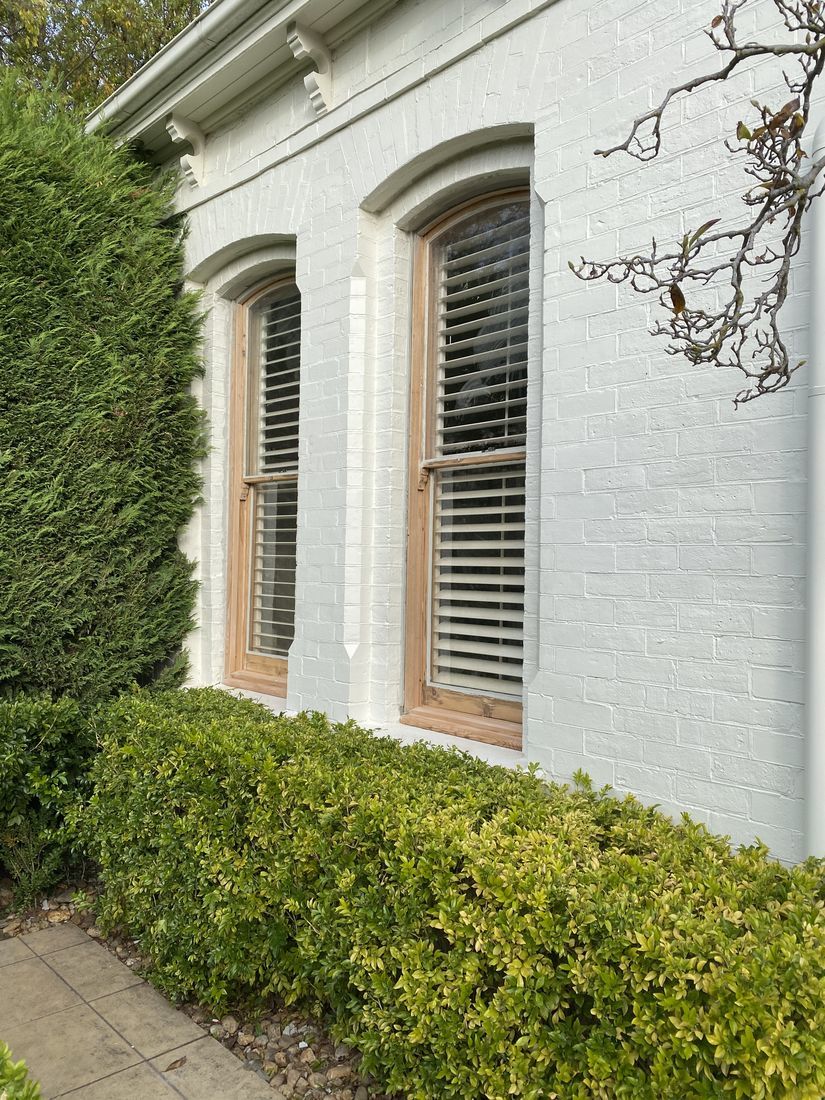Window Restoration
| Restoring windows—whether they’re historic, vintage, or just older than usual—can be a much more rewarding and sustainable option than simply replacing them with new ones. While new windows may seem like a quick fix, there are several compelling reasons to prioritize restoration: 1. Preserving Character and ValueOld windows often hold unique architectural details that contribute to the charm and character of a building, especially in older homes or historic properties. Restoring windows ensures that you maintain the original aesthetic and preserve the value of your property. Replacing them with modern windows can detract from the historical integrity and aesthetic appeal of the structure. 2. Environmental ImpactWindow restoration is more eco-friendly than replacement because it reduces waste. Throwing out old windows and manufacturing new ones takes significant resources, energy, and raw materials. By restoring existing windows, you’re extending their lifespan and keeping them out of landfills, making it a much greener choice. 3. Cost-EffectivenessThough restoring windows may have an upfront cost, it’s often much more affordable in the long run than replacing them entirely. Restoration can involve repairing or reglazing the panes, fixing sash mechanisms, or adding weatherstripping to improve insulation. These steps are often far less expensive than installing new windows, especially when you factor in installation costs and potential structural adjustments needed for new windows to fit. 4. Better Energy Efficiency (When Done Right)While new windows may come with energy-efficient technology, many older windows can also be made more energy-efficient with the right restoration techniques. Adding storm windows, upgrading weather seals, or re-glazing can drastically improve a window's insulation without the need for a complete replacement. Sometimes, older windows—when properly restored—perform better than their new counterparts. 5. Longevity and DurabilityModern windows are often made from materials like vinyl or aluminum, which can degrade over time and may need to be replaced again after a few decades. Restoring original windows, especially those made from solid wood or steel, can provide a longer-lasting solution with proper care and maintenance. High-quality materials used in older windows can be sturdier than some new, mass-produced options. 6. Historical and Cultural PreservationIn many areas, there are regulations or incentives for maintaining the historical authenticity of buildings. Restoring original windows ensures compliance with preservation laws and can even help maintain the historical significance of a neighborhood or community. By preserving the past, you’re contributing to the local heritage and the shared sense of identity that older buildings offer. 7. Avoiding Unnecessary DisruptionReplacing windows can be a disruptive, messy, and time-consuming process. Restoration, on the other hand, is often more subtle and less invasive. It can allow you to keep the integrity of your space intact while still improving the window’s functionality and efficiency.
While replacing windows may seem like a straightforward solution, restoring them is often the more thoughtful, sustainable, and cost-effective choice. Whether it’s the charm, the environmental benefits, or the preservation of your home’s history, restoration provides both practical and emotional rewards that new windows can’t always deliver. However, if the windows are not able to be repaired or restored, they can often be reproduced using the same or similar materials to maintain their original appearance and functionality.
Contact Us |  |
